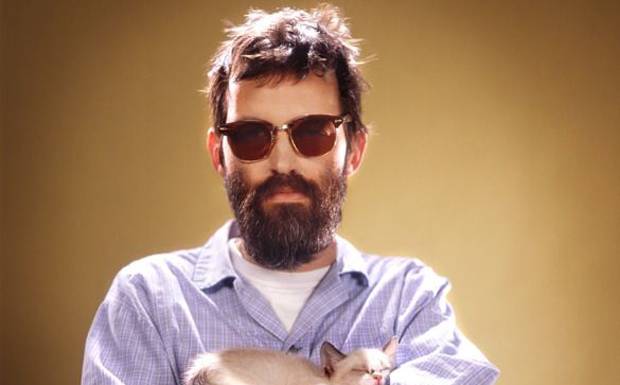Videos by American Songwriter
There are many ways to experience Dark Side Of The Moon, Pink Floyd’s 1973 sonic masterpiece. On vinyl, for one. On MP3 (“boo, hiss”), laser disc, CD or vintage 8 track, for another. Or you can cue up The Wizard Of Oz, and watch them side by side as the synchronicities unfurl. You could also pick up The Deville’s pre-made, 5.1 surround sound version of the same, dubbed The Dark Side Of Oz, (highly recommended).
But if you were one of 50 lucky attendees at Nashville recording studio Welcome To 1979’s annual producer/engineer summit this weekend, you go to hear it in mind-bending quadraphonic sound. For those playing along at home, that’s four speakers, with vocals and instruments divided independently assigned to each of them, an early precursor to today’s ubiquitous 5.1 surround set-up. And sometimes, less is more.
Sitting in a room full of appreciative audio engineers listening to Dark Side on any high quality speakers would make for an intense listening experience. But presented in quad (with the music turned way up), it was appropriately epic, a true slice of audio paradise.
Welcome To 1979 is a frankly amazing, all-analog studio tucked away in West Nashville. To take in the conference, people came from as far away as Australia. Tape Op magazine founder and Elliott Smith archivist Larry Crane flew in from Portland, Oregon. The Dark Side airing was held in the main control room, which, like the rest of the place, features 70’s décor, down to the rotary telephones. There was nothing to distract you from the music but the LED display on the vintage soundboard, and a lava lamp or two. The host had everyone get up and switch seats during intermission, to better experience the sweet spots, like a high stakes game of musical chairs. If you’re accustomed to the CD, having an intermission in the middle of the album felt a little weird, until you realized there’d always been a Side A and side B.
Part of the unspoken allure of Dark Side is how it sustains a singular stormy moodiness throughout. It’s all part of the same dream, or nightmare, as it were (“I’ve always been mad, I know I’ve been mad.”) From the rippling drum fills to the orgasmic vocals in “The Great Gig In The Sky,” it’s a stone cold classic that never gets old.
Presented in quad, it was even better. “On The Run” sounded more like a symphony, and less like a bad trip, an annoying collection of noises. The mix for “Money” was impressively schizophrenic, with the sound of coins bouncing around the room in quadruple. That song, and “Us and Them” (“them, them, them, them…”) were among the evening’s quadraphonic highlights, and neither of them will sound as good on classic rock radio again.
When you’re young, getting into classic rock for the first time, Dark Side represents everything the art form could be. And it’s the kind of album where you can hear something different each time you listen to it. And yet it’s the same album every time; it’s you who’s changed.
After it was over, and the final heartbeat had faded, there were cries of “brilliant!” “Let’s here somebody do that on Pro Tools!,” someone scoffed. Then it was time for the real geek out moment: a Skype conference with Dark Side producer Alan Parsons. Sitting in what appeared to be his den, the British production legend, who created the quad mix a few months after the stereo one had been completed, without the aid of the band, amiably discussed his efforts with the audience.The mi was done “pretty much by feel,” he said, and represents “what four hands could do at the time. We probably should have considered using our feet at well.”
As it turns out, In 1973, people thought quad would be the next revolution in sound. The opening loops for “Money” and the ringing clocks on “Time” we’re initially designed to be played in the four-speaker format. “Quad was the buzz at the time, but it died,” said Parsons, “much like 5.1 surround sound. You’ll be pleased to know DTS is talking about creating 11.1. It’s very Spinal Tap.”
He also answered the question of what specific drugs the album’s creators were on during the recording proccess “I think we were working on creating energy drinks at the time,” joked Parsons. “But there were alternatives to putting on the kettle after side one.”















Leave a Reply
Only members can comment. Become a member. Already a member? Log in.